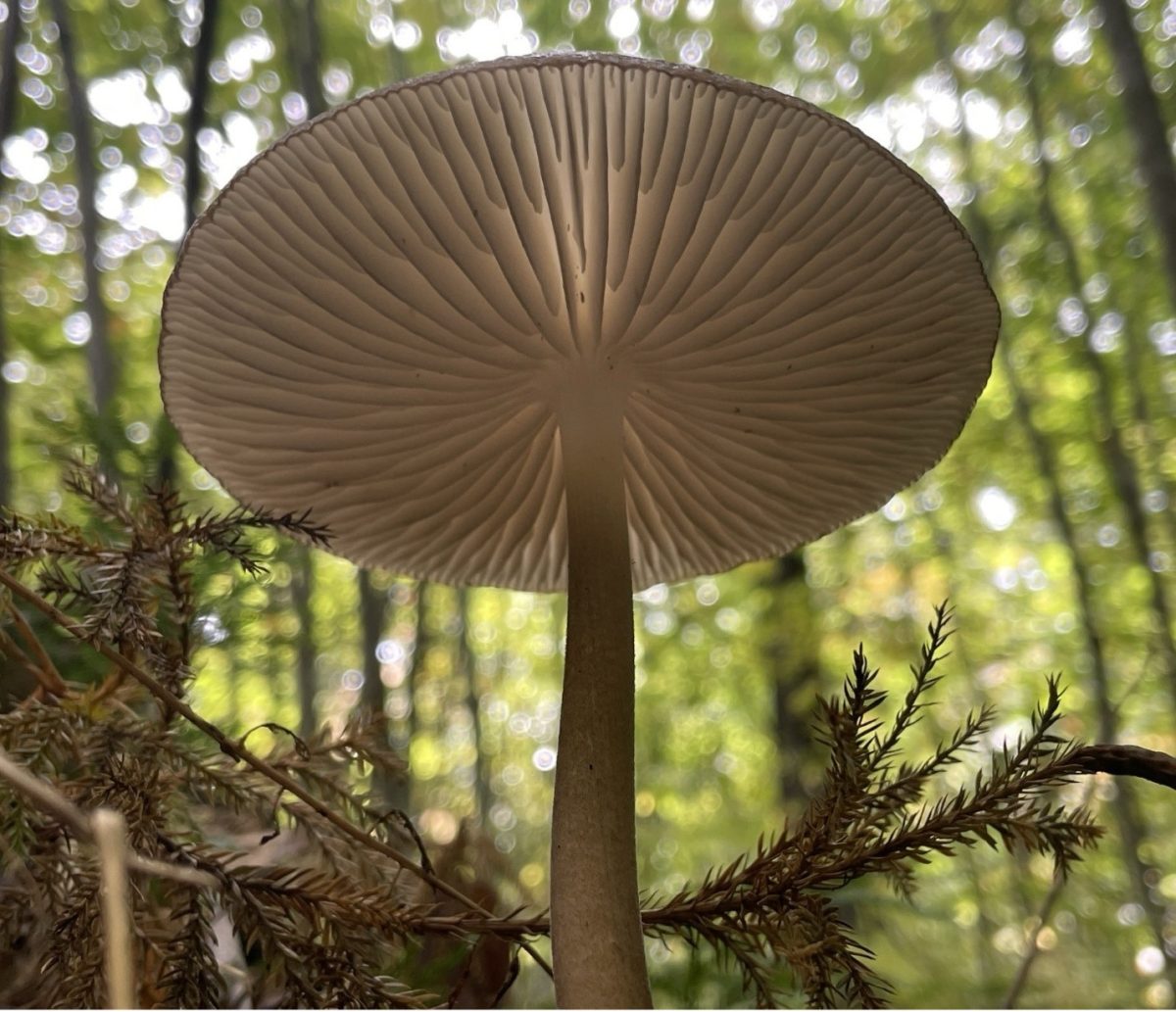Marshall McLuhan said that art is anything you can get away with. I tend to think a little differently. I believe art is whatever you want it to be. And last week, I wanted it to be a fused-glass suncatcher.
I’d heard a friend in one of my Gannon courses talking about art classes she took through the BLOOM Collaborative, part of Stairways Behavioral Health. BLOOM, I learned, is actually an art-production studio that offers classes to Stairways clients as well as the community.
According to its Facebook, the program “exemplifies best practices and transcends the perception and negative consequences of mental illness by showcasing everyone’s abilities, talents, strengths and wellness.”
As a firm supporter of mental health awareness – and just a person itching to create something pretty – I was excited to be invited along to one of the classes.
I wasn’t really sure what I would be doing when I walked in the door of the restored mansion on East 26th. When you think of “making art,” you tend to think of sketching or pottery or Ed Harris going nuts in “Pollock.”
There was a painting station, in addition to areas for sculpting and jewelry-making. My friend and I were two of around 10 at the fused glass table. She’d been working on her project for several weeks, but I still had to figure out what the hell it meant to “fuse glass.” At the time, that term was as ambiguous to me as “art.”
Basically, fusing glass involves cutting pieces of glass and arranging them in such a way before firing them in a kiln, which causes them to meld together. Different temperatures have different effects on the glass.
It sounded simple enough, but that’s only because I underestimated glass’ rigidity.
I started with a thin, four-inch square of clear glass on top of which I could lay my cut pieces in whatever design I chose. The point wasn’t to produce a little masterpiece, my instructor informed me. I just had to learn to work with the tools.
The glass cutter – I have no idea if that’s its technical name – was just a metal handle with a metal head attached. At the tip was a tiny carbide wheel blade. It didn’t slice straight through the glass, in which case I would have been too terrified to touch it. Instead, it scored the glass.
Once a piece was scored, I held one side with my hand and the other side with pliers – that term I’m 95 percent sure of – and snapped it in half.
Unfortunately, the breaks weren’t always clean. In my case, they rarely were. I still managed to cut a bunch of squares in various shades of blue and lay them like tiles across my canvas. Our instructor promised to fire it by next class, so we’ll see how it turns out.
But that was the best part of the experience: I don’t care if it turns out like crap. The process of making it – calm, methodical, stress-relieving – was worth more than the outcome. And I’ll be glad to have my little suncatcher no matter what it looks like.
APRIL SHERNISKY



